Refine search
Actions for selected content:
23971 results in Ancient history
Roman Rural Archaeology
- Society, Economy, and Culture
- Coming soon
-
- Expected online publication date:
- July 2026
- Print publication:
- 31 July 2026
-
- Book
- Export citation
Ancient Greek Democracies
- Coming soon
-
- Expected online publication date:
- May 2026
- Print publication:
- 31 May 2026
-
- Book
- Export citation

The Cambridge Companion to Classics and Race
- Coming soon
-
- Expected online publication date:
- May 2026
- Print publication:
- 31 May 2026
-
- Book
- Export citation
Diodoros of Sicily: Bibliotheke Historike
- The Rise of Macedon under Philip II, and the Conquests of Alexander III (the Great). Translation, with Introduction and Notes
- Coming soon
-
- Expected online publication date:
- May 2026
- Print publication:
- 31 May 2026
-
- Textbook
- Export citation
The Cambridge History of International Law
- Coming soon
-
- Expected online publication date:
- April 2026
- Print publication:
- 30 April 2026
-
- Book
- Export citation
Architecture and Politics in Mycenaean Greece
- Stoneworking, Labor, and Regional Ties in the Late Bronze Age
- Coming soon
-
- Expected online publication date:
- April 2026
- Print publication:
- 30 April 2026
-
- Book
- Export citation

The Cambridge Companion to the Greek Iron Age
- Coming soon
-
- Expected online publication date:
- April 2026
- Print publication:
- 30 April 2026
-
- Book
- Export citation
Women, Wealth and Power in the Roman Republic
- Coming soon
-
- Expected online publication date:
- March 2026
- Print publication:
- 31 March 2026
-
- Book
- Export citation

The Archaic and Early Classical Greek World
- Using Coins as Sources
- Coming soon
-
- Expected online publication date:
- March 2026
- Print publication:
- 31 March 2026
-
- Textbook
- Export citation
The Judgment of the Provinces
- The Roman Empire and the Origins of Law and Society
- Coming soon
-
- Expected online publication date:
- March 2026
- Print publication:
- 31 March 2026
-
- Book
- Export citation

Calendar, Cult, and Law in Rome to the Age of Augustus
- Coming soon
-
- Expected online publication date:
- March 2026
- Print publication:
- 28 February 2026
-
- Book
- Export citation
Myth, Text and Image in Ancient Mesopotamia
- A Narrative Reading of the World
- Coming soon
-
- Expected online publication date:
- March 2026
- Print publication:
- 31 March 2026
-
- Book
- Export citation
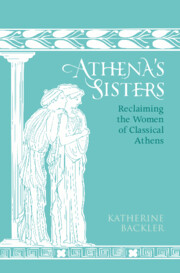
Athena's Sisters
- Reclaiming the Women of Classical Athens
- Coming soon
-
- Expected online publication date:
- February 2026
- Print publication:
- 28 February 2026
-
- Book
- Export citation
Visiting the Oracle at Dodona
- Contexts of Unknowing in Ancient Greek Religion
- Coming soon
-
- Expected online publication date:
- February 2026
- Print publication:
- 28 February 2026
-
- Book
- Export citation
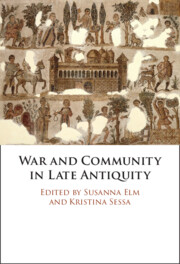
War and Community in Late Antiquity
- Coming soon
-
- Expected online publication date:
- February 2026
- Print publication:
- 28 February 2026
-
- Book
- Export citation

The Cambridge Introduction to the Old Testament
- Coming soon
-
- Expected online publication date:
- February 2026
- Print publication:
- 28 February 2026
-
- Textbook
- Export citation
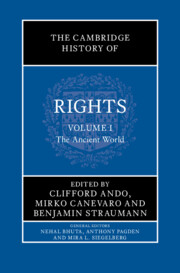
The Cambridge History of Rights
- Coming soon
-
- Expected online publication date:
- January 2026
- Print publication:
- 27 November 2025
-
- Book
- Export citation
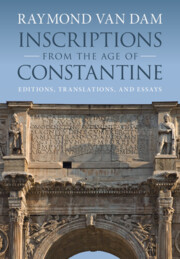
Inscriptions from the Age of Constantine
- Editions, Translations, and Essays
- Coming soon
-
- Expected online publication date:
- January 2026
- Print publication:
- 31 January 2026
-
- Book
- Export citation
The Topography and Monuments of Ancient Rome
- Coming soon
-
- Expected online publication date:
- January 2026
- Print publication:
- 31 January 2026
-
- Book
- Export citation
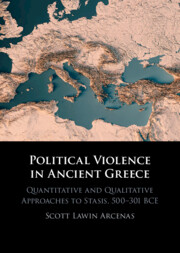
Political Violence in Ancient Greece
- Quantitative and Qualitative Approaches to Stasis, 500–301 BCE
- Coming soon
-
- Expected online publication date:
- January 2026
- Print publication:
- 31 January 2026
-
- Book
- Export citation
